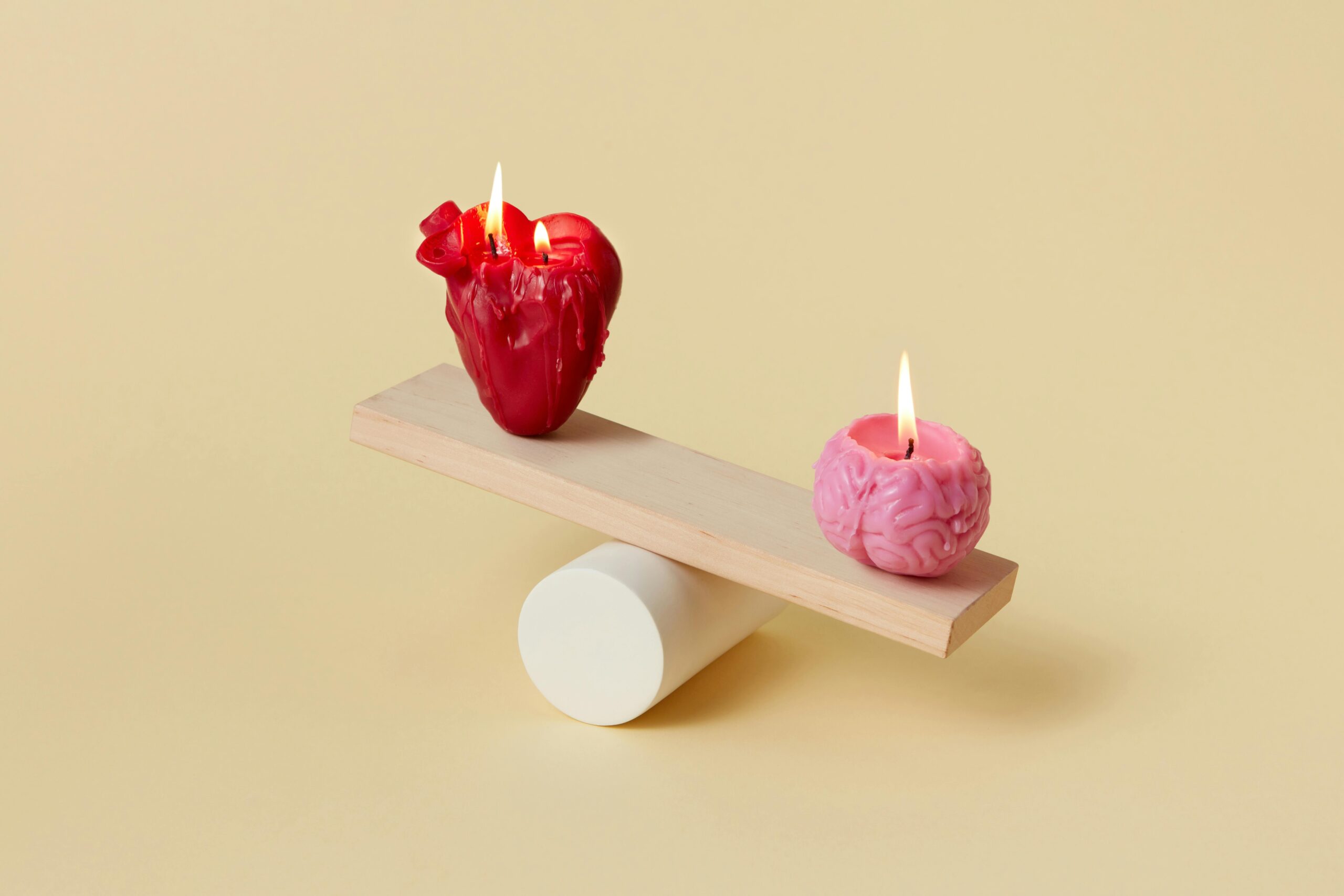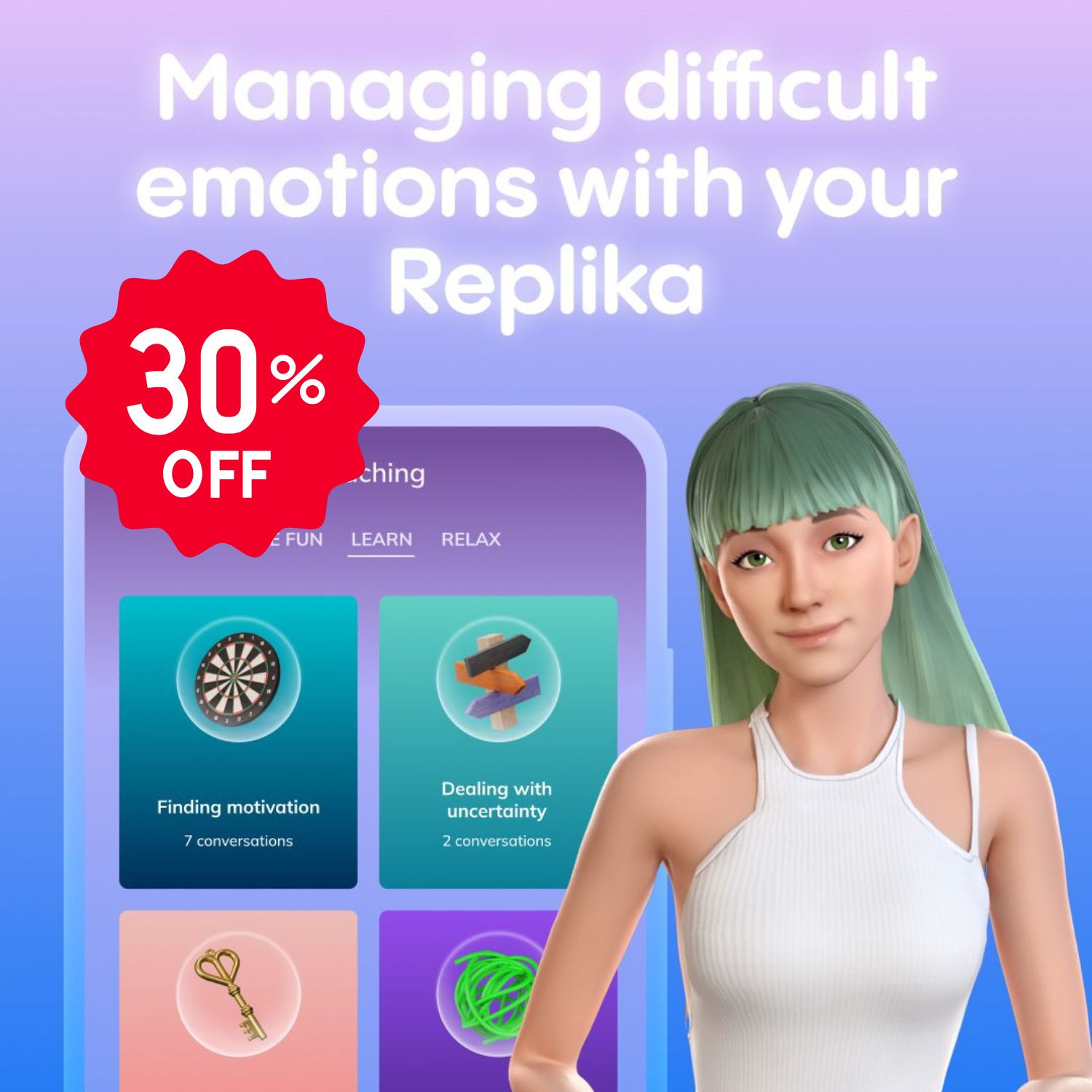Emotional intelligence — the ability to recognize, understand, and manage our emotions — is one of the most powerful skills we can develop for personal growth, healthy relationships, and lasting recovery.
Yet, many of us aren’t taught how to actually improve it. In fact, emotional intelligence often feels abstract until we start doing the practical, daily work of developing self-awareness.
Fortunately, one simple but transformational tool for improving emotional intelligence is the Johari Window model.

In this guide, you’ll learn:
✔ How emotional intelligence impacts your life
✔ What the Johari Window is and how it works
✔ Practical steps to use it for improving emotional intelligence
✔ How to apply these insights in relationships and leadership
What Is Emotional Intelligence?
Emotional intelligence is the ability to:
- Recognize and understand your own emotions (self-awareness)
- Manage your reactions and behaviors (self-regulation)
- Empathize with others’ feelings (social awareness)
- Build strong, healthy relationships (relationship management)
Studies show that people with high EQ experience:
✅ Better mental health
✅ Stronger relationships
✅ Higher career success
However, developing emotional intelligence starts with one key skill: self-awareness.

Why Improving Self-Awareness Is Essential
At the heart of emotional intelligence is self-awareness — the ability to recognize and understand your moods, thoughts, and behaviors in the moment.
Without it, it’s easy to feel ruled by emotions instead of grounded in them.
Developing self-awareness means noticing your triggers without judgment, understanding your emotional patterns, and learning how your inner world affects your outer behavior.
Because of this, self-awareness is not just for people in therapy or recovery.
Rather, it’s essential for anyone who wants to live a more intentional, peaceful, and connected life.
If you want to go deeper into self-awareness practices, check out this related guide on the Best Self-Care Practices for 2025 (No Yoga Required).
The Johari Window Model: A Tool for Growth
The Johari Window model, created by psychologists Joseph Luft and Harrington Ingham, offers a simple but powerful framework for developing emotional intelligence and improving self-awareness.
It divides self-awareness into four “windows”:
| Window | What It Represents |
|---|
| Open Area | Traits you and others are aware of |
| Blind Area | Things others see in you that you don’t |
| Hidden Area | Things you know but hide from others |
| Unknown Area | Things neither you nor others can see yet |
The goal of emotional growth is to expand your Open Area — to live more openly, honestly, and authentically.
How This Helps Improve Emotional Intelligence
- The Unknown Area is explored through reflection and new experiences.
- The Open Area grows as you gain self-awareness and share more with others.
- The Blind Spot shrinks when you seek feedback.
- The Hidden Area decreases as you practice vulnerability.
As a result, by using the Johari Window, you can gently explore your blind spots, build trust with others, and invite feedback that supports your emotional growth.
How to Use the Johari Window to Improve Emotional Intelligence

Here are practical steps you can take:
Step 1: Expand Your Open Area (Self-Disclosure)
- First, share more about your thoughts and feelings with trusted people.
- Example: Instead of saying “I’m fine,” try “I’ve been feeling stressed about work lately.”
Step 2: Shrink Your Blind Spot (Ask for Feedback)
- Next, ask friends, family, or colleagues: “What’s one thing I do well and one thing I could improve?”
- Listen without defensiveness—this is key for developing emotional intelligence.
Additionally, consider talking to a therapist who can safely guide you through vulnerability practices.
You can find online therapy services like Online-Therapy.com.
Step 3: Reduce Your Hidden Area (Practice Vulnerability)
- Open up about fears or insecurities in safe environments.
- Example: Admitting “I struggle with imposter syndrome” can deepen connections.
Step 4: Explore Your Unknown Area (Try New Experiences)
- Finally, try personality tests, journal, or try therapy to uncover subconscious patterns.
- Example: You might discover a hidden talent or an emotional trigger you weren’t aware of.
Final Thoughts
Emotional intelligence isn’t something you either “have” or “don’t have.”
It’s a skill you can nurture every day through developing self-awareness, seeking feedback, and practicing honest reflection.
The Johari Window model gives you a roadmap:
👉 See yourself more clearly.
👉 Connect more deeply with others.
👉 Grow into the most authentic version of yourself.
If you’re committed to lasting growth — whether it’s in your recovery journey, your relationships, or your leadership — strengthening your emotional intelligence may be the most important investment you can make.
Want to Go Deeper?
If you’re interested in a deeper dive into emotional intelligence and personal growth, don’t miss my latest YouTube video on mastering the Johari Window technique — where I walk you through real-life examples and bonus tips not covered in this post.
Additionally, here are a few resources I personally use and recommend for building emotional intelligence:
- Book: Emotional Intelligence: Why It Can Matter More Than IQ By Daniel Goleman
- Workbook: The Dialectical Behavior Therapy Skills Workbook: Practical DBT Exercises for Learning Mindfulness, Interpersonal Effectiveness, and Emotion Regulation.
(When you purchase through these links, I may earn a small commission at no extra cost to you — helping support free content like this. Thank you!)






